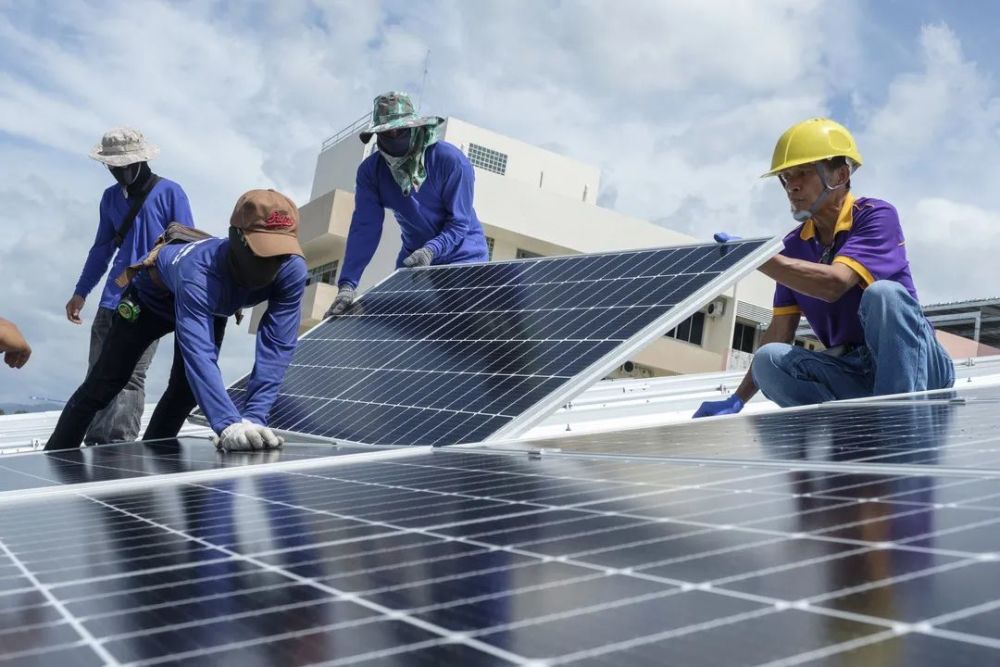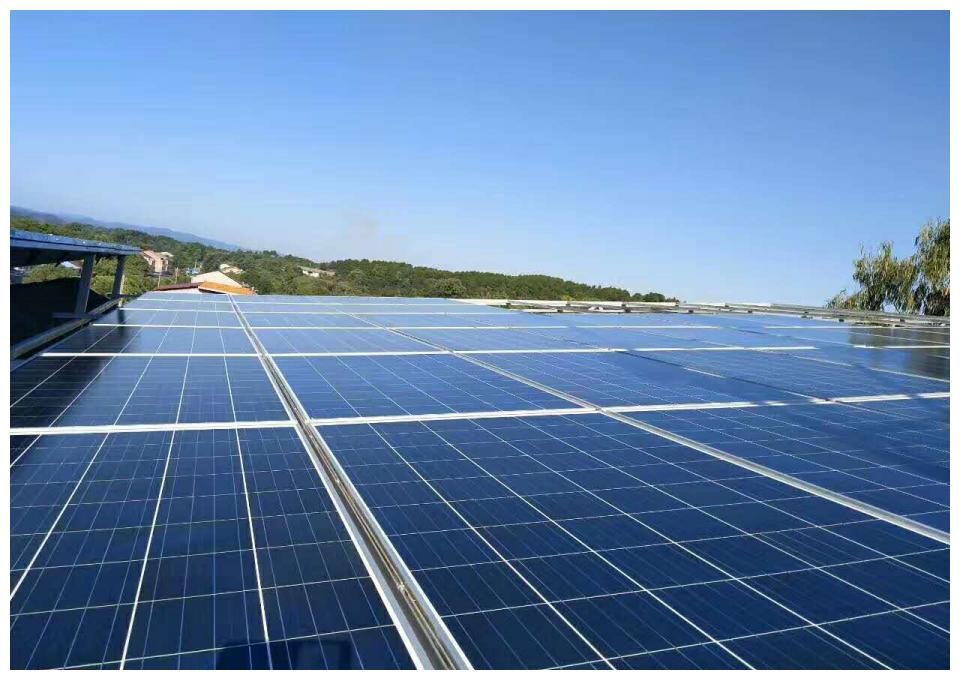

低碳、清洁、高效--太阳能光伏热化学互补光伏材料的再利用如何减少环境负担的热电联产系统
Wenjia Li,
Yong Hao*,
Hongsheng Wang,
Hao Liu,
Jun Sui
化石能源光伏材料的再利用如何减少环境负担的大规模使用导致日益严峻的能源环境问题,包括气候变暖、空气污染等。可再生能源是解决目前能源与环境问题的有效方法。太阳能是最重要的可再生能源之一,具有总量巨大、清洁无污染、分布广泛等优点。但以太阳能为能量来源为生产生活供能的技术面临着利用过程?效率较低、供能不持续、不稳定的问题。
为解决上述问题,本文将太阳能光伏光热技术与热化学(储能)技术结合,提出光伏材料的再利用如何减少环境负担了光伏热化学互补的热电联产系统。太阳能首先经光伏电池转换为电能和余热,其中光伏电能用于直接向用户供电,部分光伏余热用于直接向用户供热,其余部分光伏余热用于驱动热化学反应(甲醇裂解反应)并储存为化学能,储存的化学能根据需要经由内燃机转换为电能与热能并供给用户。模拟计算结果表明,该系统可以在满足用户全天动态能量需求的基础上,获得较高的太阳能?效率(46%),同时相对现有供电金年会下载、供热技术减少40%以上的耗煤量与二氧化碳排放量。该系统为解决现有太阳能利用技术中效率低、供能不持续、不稳定的问题提供了新的方案。

Highlights
Net solar-to-exergy efficiency up (net solar-to-electric e?ciency) to 46% (39%).
Wide range saving ratios of carbon and CO2 emission from 16.9% to 100%.
41% carbon consumption and CO2 emission are saved during 24 h heat supply.
Round-the-clock, low CO2 and flexible energy supply based on solar energy.
Abstract
This study proposes an e?cient, flexible and low-carbon combined heating and power (CHP) system with solar energy and methanol as energy inputs. The system features a modular design combining concentrated photovoltaics, methanol thermochemistry and internal combustion engines that enable e?cient power generation, e?ective energy storage and flexible, demand-driven supply of heat and power. Cascaded utilization of solar energy results in a high net solar-to-electric e?ciency of 38.9%, while tunable output flexibility of energy allocation between heat and power leads to both coal saving ratio and CO2 emission saving ratio in a wide range between 16.9% and 100%. E?ective solar energy storage via methanol-derived syngas enables o?-sun operations under normal energy demand conditions up to a few days, and attains round-the-clock heat supply with 41% carbon consumption and CO2 emission savings. The proposed system showcases a practical and e?cient means of solar energy utilization complemented by fossil fuels, and provides a potential solution towards imminent energy and environmental challenges worldwide.
Keywords
Combined heating and power
Solar energy
Photovoltaics
Thermochemical energy storage
Low-carbon
Efficiency

Conclusion
We proposed a combined heating and power (CHP) system integrating concentrated photovoltaics (CPV), methanol thermochemistry and a cogeneration part with internal combustion engines (ICEs), for the purpose of addressing challenges associated with fossil fuels and solar energy utilization. The energy demand-driven CHP system is designed to operate under three modes to satisfy typical energy demand from di?erent users or single user’s side under di?erent scenarios: (1) Supply heat and power directly from PV cells; (2) Supply heat from ICEs and power from both PV cells and ICEs; (3) Supply heat and power from both PV cells and ICEs. Analysis shows that in Heating Mode, the CHP system achieves a solar utilization e?ciency of 72.8% and emits zero CO2 but cannot store energy; in Reaction Mode, owing to cascaded solar energy utilization and synergy between solar energy and methanol, high net solar-to-electric e?ciency of 38.9%, high solar exergy e?ciency of 46.4% and high standard-coal and CO2-emission saving ratio of 16.9% can be achieved; in Heating & Reaction Mode, the complementation between heat output from PV cells (carbon free) and ICEs (on-demand, via energy storage) a?ords a low-carbon (coal consumption and CO2 emission both 41% lower than the traditional system) heat supply capability that meets users’ energy demand around the clock. The flexible energy supply, high e?ciencies, outstanding energy savings and emission reduction performance of the proposed system provide a promising means of clean and green cogeneration of heat and power for a wide range of applications through the integration of considerable portions of solar energy into fossil-fuel-based CHP systems.